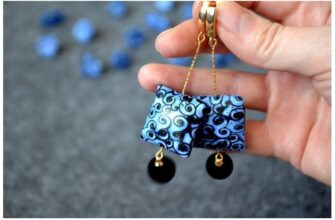Experiencing cracked glaze on your pottery after firing can be frustrating and disappointing. Cracking glaze is a common issue in ceramics and can result from various factors. Let’s explore the potential reasons why your glaze may be cracking after firing and how to prevent this problem from occurring.
Poor Adhesion
One of the most common reasons for glaze cracking is poor adhesion between the glaze and the pottery surface. Insufficient glaze thickness, contamination, or improperly cleaned surfaces can prevent the glaze from adhering properly during firing, leading to cracks.
Thermal Stress
Rapid or uneven cooling during the cooling phase of firing can cause thermal stress, resulting in cracks. The outer layers of the glaze contract faster than the inner layers, creating tension that can lead to cracking.
Glaze Fit
The coefficient of thermal expansion of the glaze must match that of the clay body. If there’s a significant mismatch, the glaze can crack as it contracts more or less than the clay during cooling. This issue is particularly common when using commercial glazes on different clay bodies.
Application Techniques
Applying glaze too thickly, unevenly, or using improper application techniques can contribute to cracking. Uneven glaze thickness can lead to differential contraction and cracking as the piece cools down.
Preventing Glaze Cracking
To prevent glaze cracking:
- Ensure proper surface preparation by cleaning and drying your pottery thoroughly before glazing.
- Apply glaze evenly and at the recommended thickness for your specific glaze.
- Fire your pottery following appropriate firing schedules, with controlled and gradual cooling.
- Consider using glazes with compatible thermal expansion properties for your chosen clay body.
Conclusion
Cracking glaze after firing can be frustrating, but understanding the potential causes and taking preventive measures can help you create beautiful, crack-free ceramic pieces. By paying attention to glaze application, firing techniques, and material compatibility, you can minimize the risk of glaze cracking and achieve successful and satisfying results.
